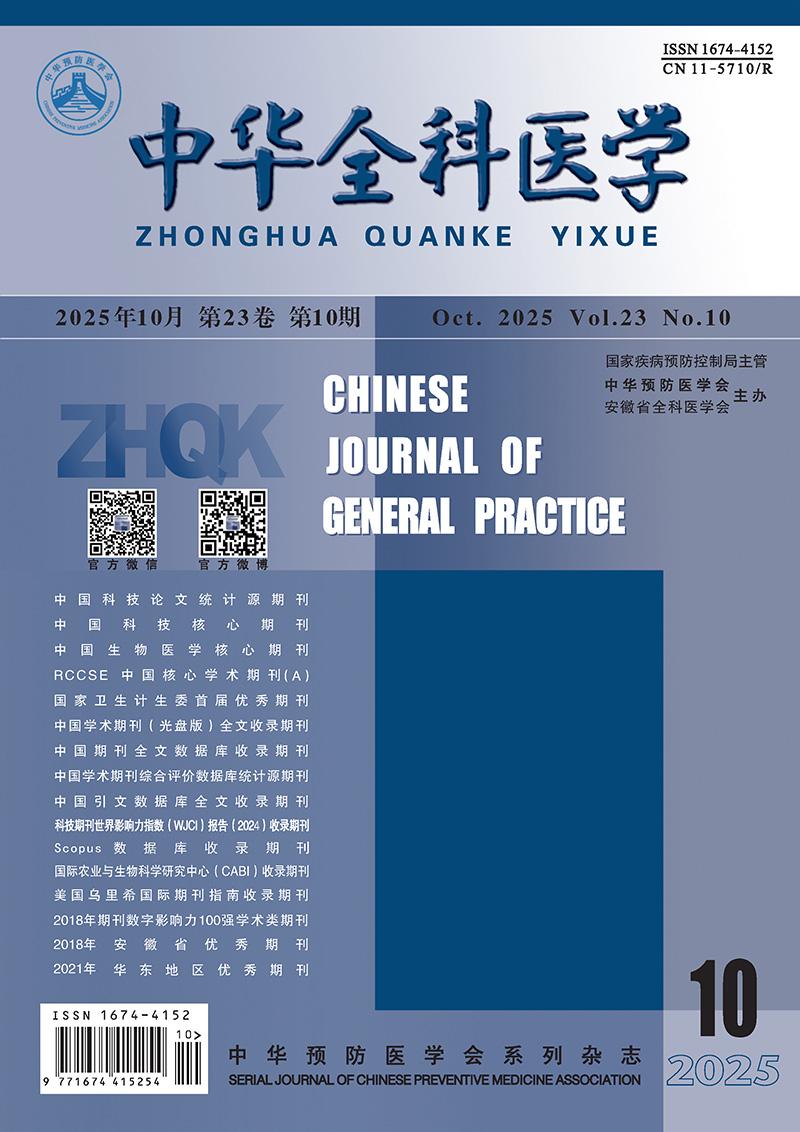Abstract:
Objective To analyse the clinical characteristics of hand-foot-mouth disease (HFMD) encephalitis in children without typical rash, as well as to guide the early clinical detection, diagnosis, and treatment and provide reference for its prevention and control. Methods We retrospectively analysed the clinical data of 74 children with confirmed HFMD encephalitis without typical rash admitted to Hangzhou Children's Hospital from January 2018 to December 2019, including epidemiological data, clinical manifestations, laboratory examination results, and aetiological test results. Results The mean age of the 74 patients was (6.92±2.72) years old, and 82.5% were 5 years old or older. Forty-two cases and 32 cases were examined in 2018 and 2019, respectively, and there was no significant difference in the detection rate between two years(P>0.05), the highest detection rates were found in June and July, which were 35.7% (15/42 cases) and 42.9% (18/42 cases) in 2018 and 28.1% (9/32 cases) and 37.5% (12/32 cases) in 2019, respectively, which was consistent with the epidemic time of typical HMFD prevalence. Fever, headache, and vomiting were the main clinical manifestations in this group of cases, without the typical rashes of hands, feet, and buttock and herpes in the isthmus. The rashes of the cases showed sparse and small maculopapule without herpes, and the distribution was atypical, primarily around the mouth, ear, neck, trunk, and limbs. Most of them were single site, accounting for 87.8%. Peripheral blood routine and cerebrospinal fluid changes in all cases were consistent with the characteristics of HFMD. Tests were positive for enterovirus universal type, and EV71, CV-A6, CV-A10 and CV-A16 were undetected. All cases were cured without complications or sequelae. Conclusion During the epidemic season of HFMD, HFMD encephalitis primarily manifesting as fever, headache, and vomiting in older children, without typical rash, requires increased attention to avoid misdiagnosis and missed diagnosis.


